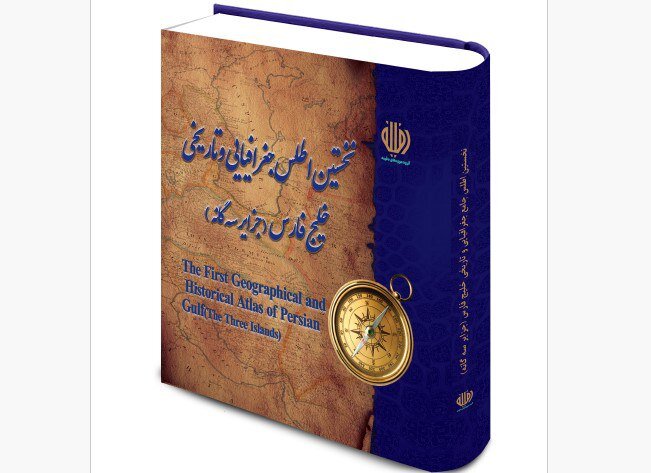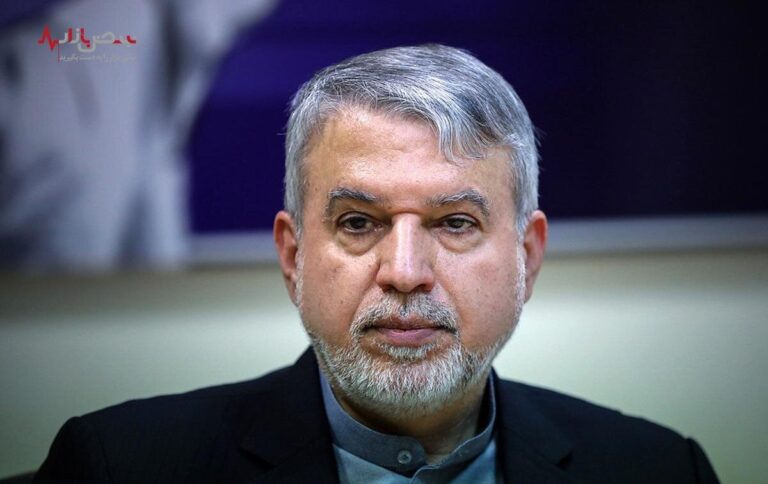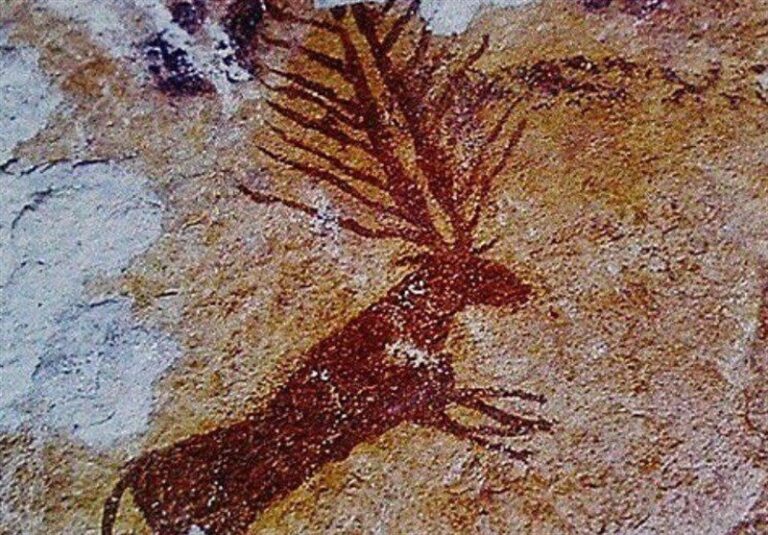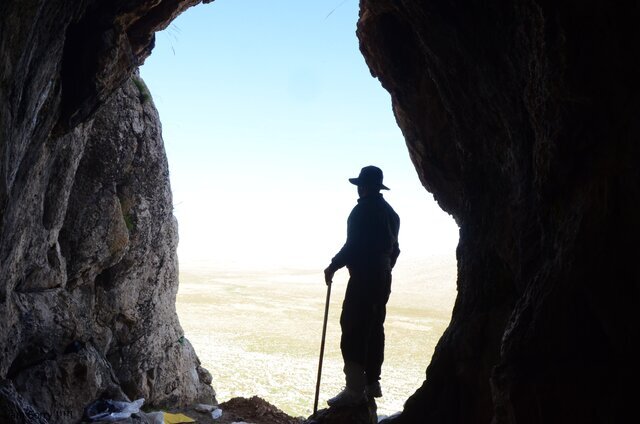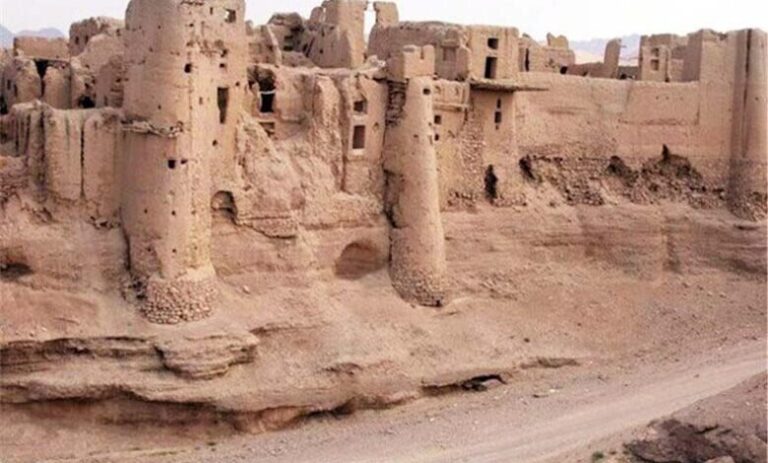Discover the Stunning New Atlas of the Persian Gulf: A Visual Masterpiece Unveiled!
On April 30, a remarkable atlas dedicated to the Persian Gulf will be unveiled in honor of Persian Gulf National Day. This strategic body of water, along with its three islands—Musa, Greater Tunb, and Lesser Tunb—will be the focus of a special ceremony celebrating its historical and cultural significance.
According to Hamidreza Soleymani, the CEO of the Daffineh Museum Group, this atlas is not just a collection of maps; it is a unique geographical compilation that features 27 historical maps drawn from the group’s extensive archives. These maps, crafted by renowned European cartographers over several centuries, offer a rare glimpse into the historical perspectives of the Persian Gulf region. Soleymani mentioned that the oldest map in the collection dates back to the 17th century.
The atlas will be published in both Persian and English. Soleymani emphasized that, beyond its artistic and historical value, the atlas holds substantial scientific and research importance. He stated, “These maps serve as credible visual documents reflecting European views of the Persian Gulf across different periods, offering valuable insights into the region’s place names, geographic features, and historical trade and political interactions.”
Soleymani highlighted three key aspects that underscore the significance of the atlas:
- Historical Documentation: The maps provide an unparalleled record of the region’s geographic and political developments over time.
- Preservation of Identity: The publication reinforces the historic name and identity of the Persian Gulf, demonstrating its consistent recognition in renowned global maps through the centuries.
- Public Awareness: By making these historical documents accessible, the atlas aims to deepen public understanding of the Persian Gulf’s historical and cultural importance.
Soleymani described the atlas as a valuable resource for researchers and a reliable reference for those eager to explore the history and geography of the Persian Gulf.
Celebrated annually on the 10th day of Ordibehesht in the Iranian calendar, which corresponds to April 30 this year, Persian Gulf National Day commemorates the region’s rich history, name, and significance. This day marks the historic 1622 victory when the combined forces of the Safavid Empire and the British East India Company successfully expelled Portuguese forces from the strategic Strait of Hormuz.
Geographically, the Persian Gulf is an extension of the Indian Ocean, situated between Iran and the Arabian Peninsula in Western Asia. This region has been of immense strategic importance throughout history, serving as a critical trade route and a focal point for geopolitical interactions.
The unveiling ceremony of the atlas is expected to draw considerable attention, reflecting the ongoing interest in the Persian Gulf’s historical and cultural legacy. By showcasing these historical maps, the Daffineh Museum Group aims to foster a greater appreciation for the Persian Gulf’s role in shaping regional and global history.
In conclusion, the new atlas dedicated to the Persian Gulf is more than just a collection of maps; it is a testament to the rich history and cultural identity of the region. As we approach Persian Gulf National Day, this atlas serves as a reminder of the importance of historical documentation and public awareness in preserving our shared heritage.
